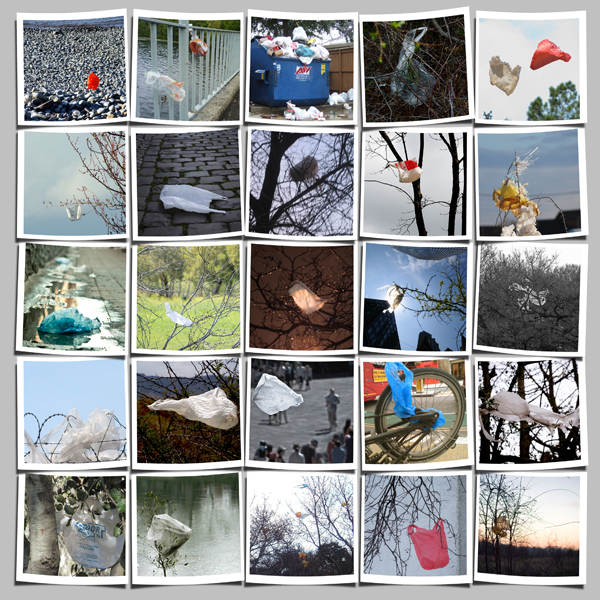No other animal on Earth has captured the imagination and stirred the range of emotions like the Great White Shark, aka The Landlord. Yes, the Landlord, the lord of the land, or in this case, the lord of the sea. The nickname we SoCal natives have bestowed on this beautiful and misunderstood fish has everything to do with shaking off that jittery feeling we sometimes get out in the water. I will admit there have been times I’ve even heard cellos strumming that all too famous tune. Because honestly, who hasn’t thought about it? The Landlord owns the place, and we just rent the space.
Every summer, predictably, the images of white sharks gobbling up an elephant seal or breaching out of water with a little sea lion in its mouth is the topic of conversation on every TV in the U.S. This time every year, images and programs about sharks and shark attacks seem to consume the airwaves. The news media frenzy about any little story related to shark attacks. And, of course, you can always rely on weeklong programming dedicated to sharks.
I have always questioned this kind of programming and have wondered if this is exploitive or if the people viewing are actually getting educated about the important issues that are facing the global shark population. Are these programs dispelling fear and myth or galvanizing people to appreciate and respect sharks?
The past few years have been very special in the Santa Monica Bay because of the regular appearances of white sharks, sometime small ones and sometimes … big ones! Last week a large white shark was seen off shore near Venice and earlier this week a young white shark was spotted just off of King Harbor. What a treat! What an amazing event to have the Landlord pay us a visit. I get excited about these sightings because these animals are very rare.
In fact the population of white sharks number in the low hundreds off of the California coast. Decades of over fishing and shark finning have depleted white sharks and other shark species in California and around the world. Groups like Oceana and the Center for Biological Diversity are calling on the government to list the white shark on the federal Endangered Species Act.
At the Santa Monica Pier Aquarium we get to educate thousands of school children and visitors about current marine science issues and the relevant work we do as Heal the Bay. Sharks and the conservation of sharks is a critical part of the education we provide to all of our visitors.
Last year, Heal the Bay helped champion an important law making it illegal to possess or sell shark fins in California. This law is a part of a global movement aimed at saving shark populations everywhere. It is so satisfying to see a new generation of adults and children learning about the white shark with respect and admiration rather than through fear from misconceptions. It will take continued education and activism to save the white shark from extinction. Please do your part in helping the Landlord get the respect it deserves.
— Jose Bacallao, Operations Manager, Heal the Bay’s Santa Monica Pier Aquarium
Want to get active and protect what you love? Join Heal the Bay.




